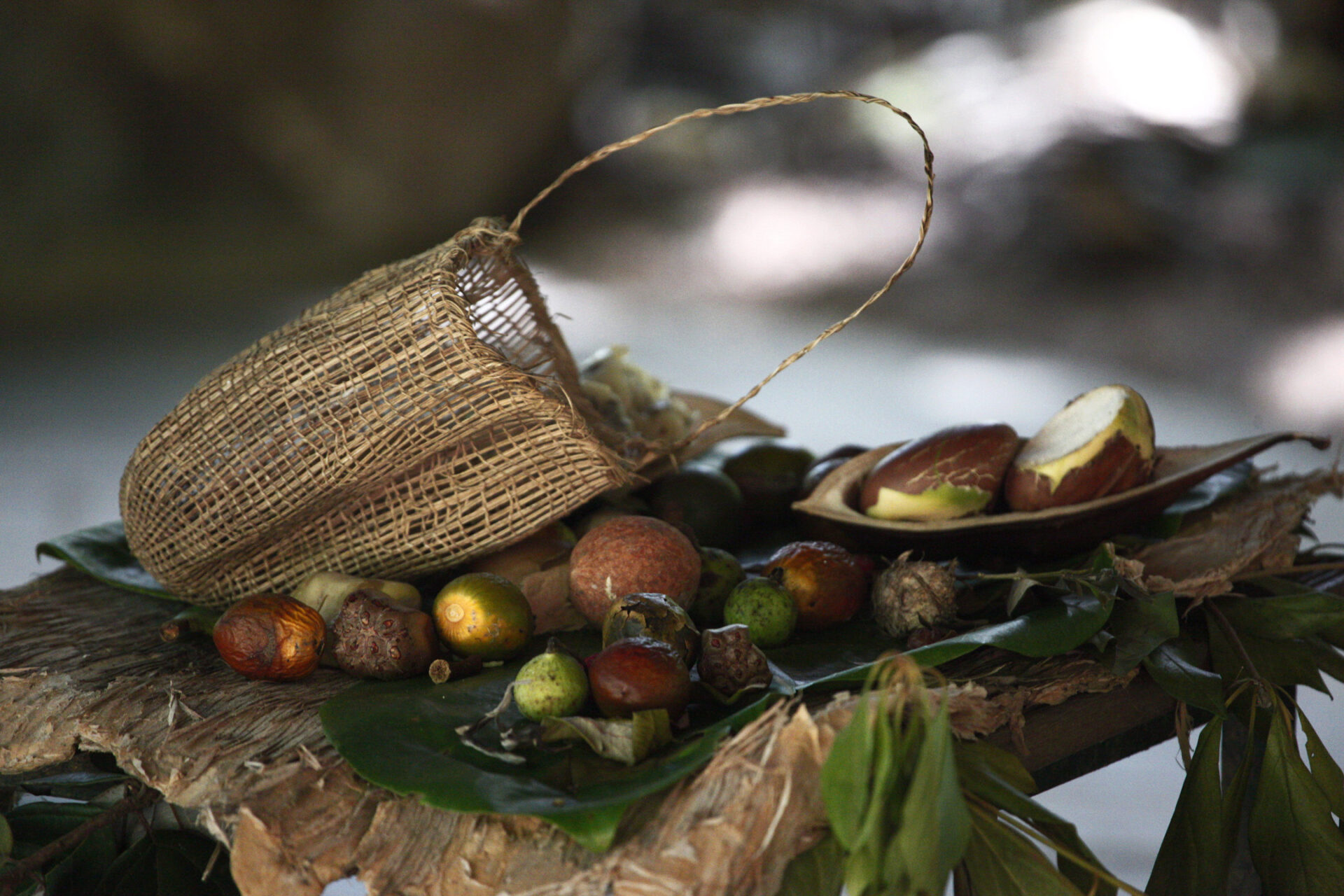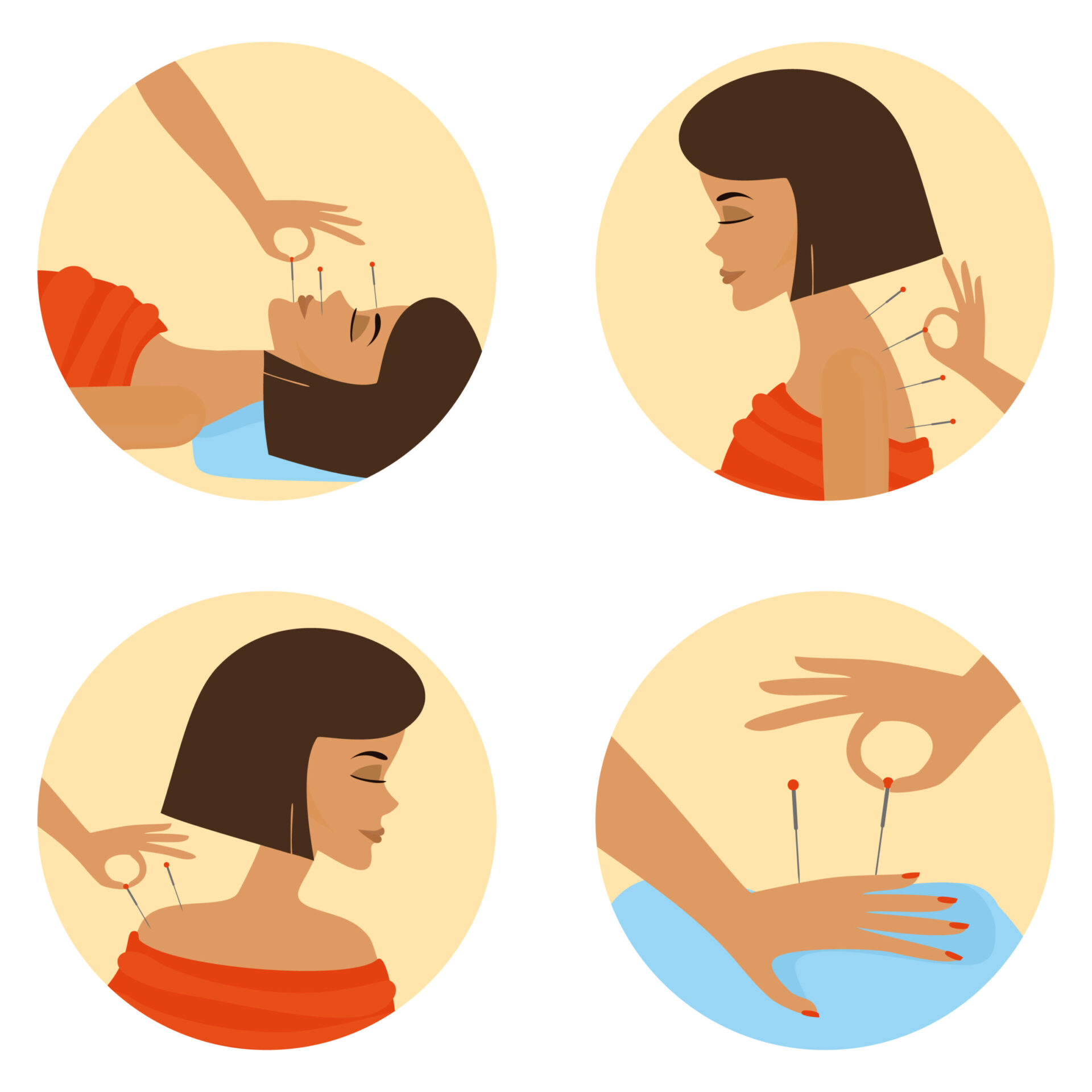Synopsis
Such indigenous systems of health care and healing claim to deal with the root cause of problems and not just removal of symptoms. Since being practiced for years, such systems generally have a very rich repository of knowledge. Due to its vast exposure spread over an equally vast time period it is believed to have developed tremendous potential to cure.
Read all parts of this series Part 1 I Part 3
Introduction:-
The term “Traditional and Alternative Medicine” in common parlance refers to a health care solution system which has been practiced in any particular geography since years. And with the passage of time, it generally became an intrinsic part of life in that region for primary health care assistance. Such indigenous systems of health care and healing claim to deal with the root cause of problems and not just removal of symptoms. Since being practiced for years, such systems generally have a very rich repository of knowledge. Due to its vast exposure spread over an equally vast time period it is believed to have developed tremendous potential to cure.
One of the key principles of such “Traditional and Alternative Health Care & Healing Systems” is the idea that our body has a natural ability to heal itself and illness is seen as a result of imbalance in our body’s systems. It seeks to restore balance and harmony to our body and improve our overall health and well-being.
Prominent “Traditional and Alternative” systems of Health care and Healing
It’s to be understood that since ages many different types of health care and healing systems have come into existence and gradually got developed as a “system” to cure people within their respective geography and culture.
However, there are some prominent systems which have later become accepted worldwide considering its overall health benefits irrespective of geography. Some major & worldwide accepted systems are produced below with brief information.
Tibetan Medicine
It’s a system of medicine that has been practiced in Tibet and other Himalayan regions for thousand years. It is based on the concept of three energies: wind, bile, and phlegm, and they correspond to the elements of air, fire, and water in the body. Imbalances in the three humors are thought to be the root cause of many illnesses and health problems, and treatments aim to restore balance and harmony. It includes practices such as herbal medicine, animal products, acupuncture, and moxibustion (a form of therapy that entails the burning of mugwort leaves. It is useful in pain due to injury or arthritis, especially in “cold” patterns where the pain naturally feels better with the application of heat).
It is based on the principles of Buddhist philosophy and the concept of interdependence, which holds that all living beings are interconnected and that health and wellbeing depend on a harmonious balance between body, mind, and spirit. It also places a strong emphasis on the role of the mind and emotions in health and healing. Techniques such as meditation and visualization are used to address emotional imbalances and promote overall wellbeing.

Indigenous Medicine of the Americas
It’s a diverse range of healing practices that have been used by indigenous peoples in North and South America for thousands of years. Indigenous medicine includes practices such as herbal medicine, sweat lodges, and smudging ceremonies, and is based on the belief that all living things are connected and that healing involves restoring balance and harmony to the natural world and the physical, spiritual, and emotional aspects of a person are interconnected and that illness occurs when this balance is disrupted.
In addition to the use of medicinal plants, indigenous medicine of the Americas also includes spiritual and cultural practices. These practices may include ceremonies such as the sweat lodge or vision quest, which are believed to help address the spiritual and emotional aspects of illness and promote overall wellbeing.

African Traditional Medicine
It’s a diverse range of healing practices that have been used by indigenous peoples in various regions of Africa for thousands of years. African traditional medicine includes practices such as herbal medicine, cupping, divination, and ritual healing, and is based on the belief that health and illness are interconnected with the spiritual realm and that blessings from spiritual realms are necessary for overall health and wellbeing.
Traditional healers, known by various names such as herbalists, diviners, and witch doctors, use their knowledge and skills to diagnose and treat illness and promote overall health and wellbeing. The use of medicinal plants is a key feature of African traditional medicine, with over 80% of the African population using herbal remedies for their healthcare needs. These remedies are often prepared from locally available plants and are administered in various forms, such as teas, powders, and ointments.

Australian Aboriginal Medicine
It is a traditional system of healing and healthcare that has been practiced by Indigenous Australians for thousands of years. It is a holistic approach to healing that is based on the interconnectedness of all things – people, animals, plants, and the land. Aboriginal Medicine includes a wide range of practices, including the use of plants and other natural substances, as well as spiritual and cultural practices. Traditional healers, known as Ngangkari, are highly respected members of the community who use their knowledge and skills to diagnose and treat illness and promote overall health and wellbeing.
In addition to the use of natural substances, Aboriginal Medicine also emphasizes the importance of spiritual and cultural practices in promoting health and wellbeing. These practices include storytelling, dance, music, and art, as well as the observance of cultural traditions and ceremonies.

Traditional Korean Medicine
It’s a system of medicine that has been used in Korea for over two thousand years. It includes practices such as herbal medicine, acupuncture, and moxibustion, and is based on the concept of “qi” or life force energy. It is also known as Korean Oriental Medicine or KOM, is a holistic system of healthcare that has been practiced in Korea for thousands of years. KOM is based on the principles of Taoism and Confucianism, and is influenced by traditional Chinese medicine (TCM) and indigenous Korean shamanism.
It is a comprehensive system of healthcare that includes herbal medicine, acupuncture, moxibustion, cupping therapy, and other therapies. KOM practitioners diagnose and treat a wide range of health conditions by assessing a patient’s overall health and balance, as well as the specific symptoms and signs of their condition. One of the unique features of KOM is the emphasis on the concept of “Sasang Constitution,” which refers to the individual’s inherent physical and mental characteristics. This concept is used to tailor treatment to the unique needs of each patient.

Acupuncture
It is based on the idea that a vital energy, called “qi,” flows through the body along specific pathways called meridians. It is a form of alternative medicine that involves the insertion of very thin needles into specific points on the body. The aim of acupuncture is to stimulate these points to improve the flow of energy, or “qi,” through the body and promote healing.
It is based on the belief that illness and pain are caused by imbalances or blockages in the body’s energy flow. By stimulating specific points on the body, acupuncture is believed to restore balance to the body’s energy flow, reduce pain, and promote healing.
For easy & ready reference to Acupuncture, indian government’s official website can be referred. https://main.ayush.gov.in/ayush-systems/naturopathy/techniques-and-benefits-of-different-modalities-of-naturopathy/acupuncture/

Effects of “Traditional and Alternative” systems of Health care and Healing
“Traditional and Alternative” systems of medicine can have diverse effects, depending on the specific practice and the individual. However, potential effects can be generalized as below.
- Can provide effective treatment for a wide range of conditions as these systems have been used for centuries to treat a wide variety of health conditions, and many have been scientifically validated.
- May have fewer side effects than some modern pharmaceuticals as many traditional medicines are made from natural ingredients.
- May be more accessible and affordable, particularly in areas where modern healthcare is not readily available or affordable.
- May offer a more holistic approach to health addressing the root cause rather than just treating specific symptoms.
- Can provide immediate relief for certain conditions, for e: g: – acupuncture and massage, have already been scientifically validated to provide relief for certain type of health conditions.
- May carry risks if not used properly, can be toxic or interact with other medications, and should be used under the guidance of a qualified practitioner.
Conclusion
According to WHO, 88% of all countries are estimated to have been using traditional medicine, such as herbal medicines, acupuncture, yoga, indigenous therapies and others. One hundred seventy Member States have reported the use of traditional medicine in their countries. Today, it’s often used in coordination with modern medical treatments, and there is growing interest in its study to ascertain & verify their potential uses and benefits.
Though, it is equally important to note that while traditional and alternative health care systems have been used for centuries and it has its own set of positive side, they should never be used in place of modern medical care for serious health conditions. It is always important to consult a qualified healthcare provider before pursuing any form of medicine, traditional or alternative.
Health Care & Healing : 18 Prominent Traditional and Alternative Systems – Part 1
Health Care & Healing : 18 Prominent Traditional and Alternative Systems – Part 3

